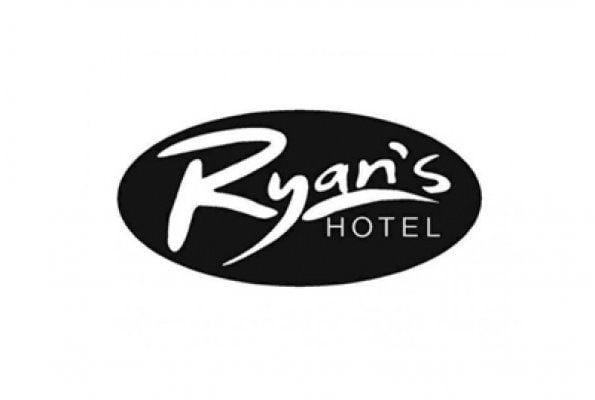Fire Safety For Banks
On November 18, 2016, a 21-year-old asylum seeker from Myanmar entered the Commonwealth Bank branch located in Springvale and set himself on fire with the aid of a liquid fuel accelerant. The ensuing fire spread quickly and left the Myanmar refugee, Mr. Islam, and six other people with serious burns.
Out of these people, one is in critical condition, one is in critical but stable condition, three are in stable condition, and one has already been treated and discharged from The Alfred Hospital. This is in addition to 18 adults and 3 children who required treatment for smoke inhalation, thereby underscoring the importance of fire safety inside banking halls.
The Aftermath
After this incident, the Commonwealth Bank Group expressed condolences to those who sustained injuries. In addition, the bank began an investigation into the fire incident due to claims that the building's doors were locked making it impossible for customers caught up in the melee to escape. On its part, the bank has refused to answer media questions related to fire safety protocols.
It also refused to clarify whether it had installed firefighting and suppression equipment including extinguishers and sprinklers. Nevertheless, the bank's spokesman reiterated that the safety of customers and staff was the first priority after the fire started spreading. Luckily, emergency responders from the Country Fire Authority arrived 90 seconds after receiving a call from an individual who was inside the bank at the time of the fire outbreak.
Surprisingly, these responders found the front doors of the bank closed. Since investigations are still ongoing, it is too early to speculate on what really transpired during this incident. Visit this site for more information.
Fire Safety Protocols in Australia
All Australian workspaces are subject to fire safety laws defined under Australian Standards 1851. These regulations cover a wide range of fire safety aspects including installation and maintenance of fire equipment, fire monitoring system requirements, and design of fire suppression systems. In addition, these standards cover the role of business owners, fire safety inspectors, regulatory authorities, and contractors who install firefighting equipment. It is worth noting that the Fire Protection Association Australia (FPAA) has adopted Australian Standards 1851-2012. With this in mind, AS 1851 is based on three key tenets:
1. Maintenance
The effectiveness of a fire protection system depends on proper equipment maintenance. In fact, the FPA Australiarequires such systems to be fully functional round-the-clock. The only way to achieve this goal is via regular servicing and all maintenance work should comply with the applicable standards. Maintenance should also restore the performance of fire protection equipment to its original state. At the same time, maintenance technicians must keep accurate and up-to-date records. Finally, technicians who undertake fire equipment maintenance must have completed training as well as acquired accreditation and licensing from the FPA Australia.
2. Fire safety auditing
According to the Building Code of Australia (BCA), buildings should undergo exhaustive audits to determine whether they comply with all fire safety standards and regulations. Fire safety audits are normally performed by experts with in-depth knowledge of the relevant regulations including AS 4655, AS 1851-2005, and AS 3745-2010. Safety auditing also reduces the risk of a fatal fire incident.
3. Territory-specific AS 1851 compliance
Fire alarm Break glass
The Australian Standards 1851 vary from one territory to the next. For instance, the Northern Territory has adopted the first section of AS 1851 while Tasmania has adopted AS 1851-2012. As such, it is wise to make sure you comply with the regulations that are applicable in your territory.
Conclusion
All banking institutions in Australia should ensure that they comply with the existing fire safety for banks regulations. These regulations were enacted to improve the safety of a building's occupants in the event of a fire outbreak. For further assistance on ensuring full fire safety compliance for your business contact FCF Fire and Electrical today.


)
)
)
)
)
)
)
)
)
)
)
)
)
)
)
)
)
)
)
)
)
)
)
)
)
)
)
)






